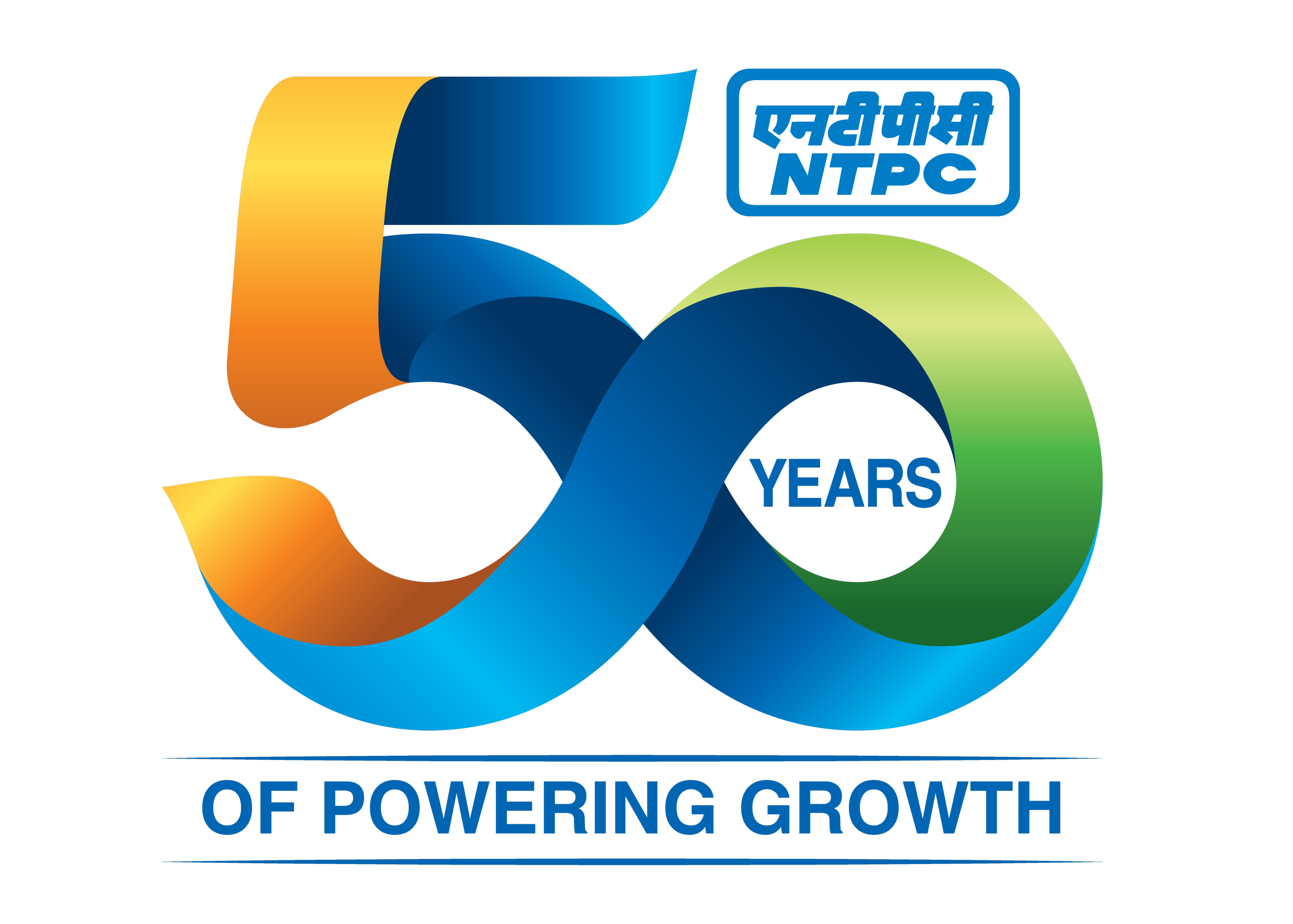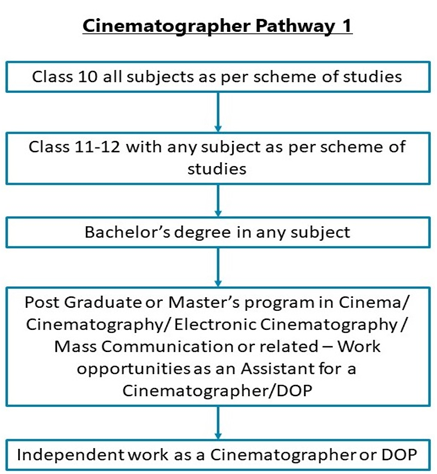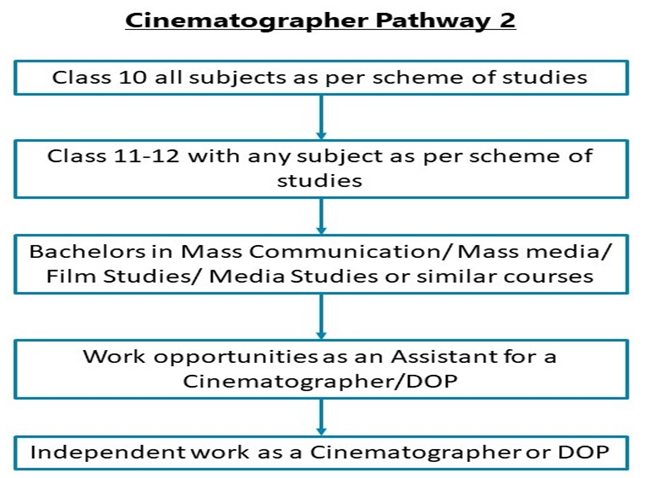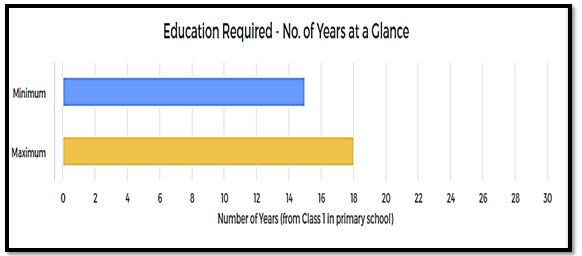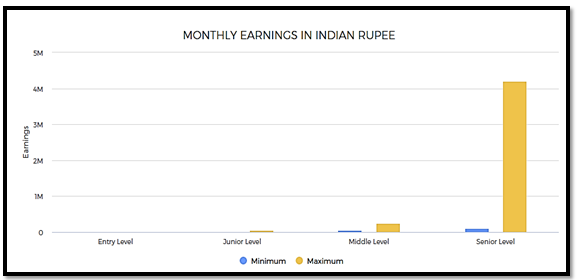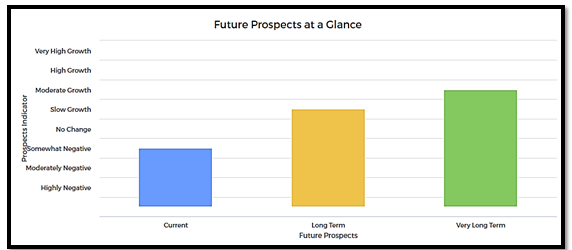Cinematographer
Entry Level Qualification
12
Career Fields
Arts & Design
For Specially Abled







About Career
1. Cinematographers, also commonly referred to as DOP (Director of Photography), are responsible for all the camera and light works in a feature film, documentary film, television series, web series and other online/TV shows, commercial advertisement and other films (on television, which are called TVCs and also for other mediums like internet), and similar other audio-visual productions.
2. In many cases, except in few cases where the production requires extensive visual and special effects such as in the film Avenger: Endgame, Star Trek, and Ready Player One, Cinematographers are responsible for all that is visual in a film and other productions mentioned above. They are the masters of the art of telling the story of a cinema and other similar productions.
3. Even though in these kinds of high-end special effect dependent movies (as mentioned in the above paragraph), the Supervisor/Director of Visual/Special Effects (VFX/SFX), play the most critical part, Cinematographers are also responsible for many aspects of the visual effects which require capturing of actors’ actions in camera.
4. For example, in movies like Gravity and Avatar, actors perform in an ambiance and background which is different from what you see in the movie. In this case, actors’ performances are first filmed by the Cinematographers’ camerapersons inside the studio and then digital VFX/SFX adds the ambiance and background. A lot many mechanical props are used to shoot these films and create visual effects. Cinematographers have an important role in these cases.
PARTICULARS | DESCRIPTION |
Name | Cinematographers |
Purpose | establish the creative direction |
Career Field | Arts & Design |
Required Entrance Exam | No Entrance Exam |
Average Salary | 500000 - 600000 Rs. Per Year |
Companies For You | Balaji Motion Pictures, Red Chillies Entertainment, Dharma Productions & Many More |
Who is Eligible | Class 12th Pass |
Camera work is the first step in making of a film and other productions
1. Cinematographers are the masters of the art of visual storytelling. They play the most important role in the first step of the production process which is capturing the visual images and/or actors’ performances in camera. They work along with the Directors, Actors, Camerapersons, Light Assistants, Sound Recordists, and the entire production team to bring the script of a film or other production to life.
2. A Cinematographer helps the Director of a film or other production in achieving the visual look and feel of the film or other productions. She helps the Director to execute the visual ideas and visual specifications that the script of a film or other production enumerates. Mostly, the Director of a film or other production has in her mind the visual imagery apart from what is written in the script. Cinematographers help a Director in this – in realizing the visual imagery that the Director has in her mind.
What’s the real deal as a Cinematographer?
1. Understanding cinema and the audio-visual medium – that is the real deal. You don’t love cinema? You are not passionate about it? Well, then, this is not a career for you.
2. For a Cinematographer, understanding the cinematic language is the real deal. As a Cinematographer, your key role will be to bring the Director’s vision into life. This means much more than just camera work and light work. The real deal is in the composition of a frame (a visual shot or scene in a cinema or other audio-visual production). The real deal is the lighting of a scene or capturing the scene in natural light. The real deal is not where you place the camera and roll, but the real deal is where you place the camera to make the script alive.
3. The Cinematographer manages everything that affects what the camera is able to capture (i.e. composition, lenses, exposure of the lenses, lighting, filters, and camera movements) and is the head of the camera and lighting crews on set. She also selects the cameras, lenses, and filters to be used on a shoot.
Creativity is paramount, you can make or break a film
1. As a Cinematographer, you would be a part of several creative decisions for a film or other productions, extending from pre-production and production to post-production stages. Pre-production is a stage when all the preparation for the shooting of a film is done. Production is capturing of visual images and actors’ performance using cameras. Also in high-end VFX/SFX dependent movies, a lot of the stuff you see on the screen are done during production. Post-production involves adding/creating/modifying VFX/SFX, CGI (Computer Generated Imagery), sound effects, sound design, and editing.
2. Following is a brief description of how a cinematographer is involved in all the three stages of filmmaking along with other crew members:
So when does Pre-production begin?
1. As soon as the project for a film or other production is greenlit or approved, the first stage i.e. Pre-production begins. In pre-production, every step of creating the film is carefully designed and planned and therefore a Cinematographer plays a key role. The film is pre-visualized by the Director and storyboarded with the help of Illustrators and Concept Artists (the famous Director Satyajit Ray used to do illustrations himself; many other great Directors do that).
2. At this stage, the script is broken down into individual scenes with storyboards and all the locations, cast members, costumes, props, special and visual effects are identified. The pre-production stage involves discussions of the creative ideas and efforts of Storyboard Artist who creates the visual images to assist the Director and the Cinematographer to communicate the story and ideas. Storyboards are created by the use of several storyboarding software such as Frame Forge 3D, Storyboarder, Moviestorm, Power Production, Canva etc.as well as taking still photographs to copy what will be shot on the set.
What happens at the Production stage?
After planning and deciding the visual layout of the film, live actions (performances of the actors) are shot in the production stage. At this stage, more crew members like prop master, script supervisor, assistant directors, photographers, picture and sound editors are involved. The Cinematographer decides on the best combination of cameras, filters, and lenses, as well as where the cameras will be placed, what the lighting should be and when the scene will be shot. They also focus on the following key elements:
1. Camera movement
A Camera movement can heighten the emotion and suspense in a scene. A Cinematographer’ study is to have everything in the frames help tell the story of the film. Lighting, framing, and movement - all are tools of this process.
2. Composition:
The Cinematographer and the Director discuss what they think the shot should look like, how and what should be in a frame and what angles and shots can create a story more compelling and meaningful.
3. Lighting:
While there is are separate lighting persons, Cinematography demands this knowledge. After all, the cinematography is what we see on-screen, and how well or horribly the scene is lit is a huge aspect of the craft.
When post-production finally begins?
The entire process of filmmaking has become more innovative and interesting because of which movies like Star Wars, Ready Player One, and Avatar were possible to make. We all have always wondered how a movie like Avatar could be made with special effects and so much detailing that we almost believed it was all true; that the world shown in the movie was in itself real. All thanks to Computer-Generated Imagery (CGI) and Visual effects technology. These have made it possible for the actors to play any character in any location. Technologies have made it easy for the Cinematographers to capture actors’ performance in any setting or location.
So what exactly are CGI and VFX technology?
1. The term CGI is most commonly used to refer to as 3D motion graphics which are used for creating scenes or special effects in films and television. From 2D computer imagery to all the way to fully Computer-Generated feature films (like Avatar) has been one of the most noteworthy technological changes in the film industry. This evolution has made the producers, directors, and cinematographers take a giant leap into more complex and tech-centered feature films. CGI animation takes numerous steps in order to go from a simple idea to a complete animation which includes: script, storyboard, layout, animation and the final revision. The work in this entire process requires a lot of team planning and coordination and may take up to several long hours of working on just one shot. Toy Story is an example of the full-length feature film created by only using CGI and computer graphics.
2. Hollywood movies like Titanic which made everyone believe that the sea in which Titanic was shot was true. In reality, it was a pool. Bollywood film like Baahubali which made us go gaga over the entire cinematic experience was all a part of the VFX techniques.
3. VFX or visual effects are computer generated and are popularly used in the making of films. In the shooting of any scene using VFX or CGI technology, the Directors, Cinematographers, and Actors first shoot the scene before a green or a blue colour screen. Then the desired background is placed using computer software. This technique is used to remove a background from the subject of a video. This technique is called Chroma keying or Chroma key compositing.
4. With the help of VFX software, these blue or green backgrounds are replaced with the ones the director wishes to see. This visual effect technique helps the directors and DPs to load up any imaginable environment or location and create a world unimaginable to shoot in. A movie like Gravity which has exceptionally stunning shots was made only possible with the help of the VFX Technique.
5. Usually, post-production only starts when principal photography ends i.e. when the Cinematographer and the Director’s creative side of the work is done. The bulk of post-production consists of reviewing the footage and assembling the movie – editing.
Key Roles and Responsibilities
As a Cinematographer you would be involved in the following key roles and responsibilities:
1. You would compose and frame each shot in a film, applying the technical aspects of light, lenses, film, filters, and camera settings to achieve the effects sought by directors.
2. You should be knowing about the handling of various equipment such as cameras, lenses, adapters, tripods, monopods, lights, reflectors, V-flats, Steadicams, sliders, batteries, etc.
3. You will be handling different types of cameras such as: Sony CineAlta (F) Series, Blackmagic Cinema Camera, RED ONE, Arriflex D-20, D-21 and Alexa, Panavision Genesis, Silicon Imaging SI-2K, Thomson Viper, Vision Research Phantom, IMAX 3D camera based on two Vision Research Phantom cores, Weisscam HS-1 and HS-2, GS Vitec noX, and the Fusion Camera System. These days Apple iPhones are also being also used to shoot low budget movies.
4. You will be using different types of lenses such as Zoom lenses allow you to zoom in or zoom out or wide-angle with just at the push of a button; Prime lenses perform only a single function; Telephoto lenses capture tight shots as close-ups and wide-angle lenses provide a longer depth of field.
5. As a Cinematographer, you will apply many digital technologies in making of a film or other audio-visual production such as Autonomous Drone Cameras, 3D Printing, 4K 3D Cameras (to film movies for VR playing.), Algorithmic Video Editing, dual camera virtual reality etc.
6. You would study and research scripts to determine how they should be brought to life.
7. You would establish the creative direction for shoots.
8. You would adjust positions and controls of cameras, printers, and related equipment to change focus, exposure, and lighting.
9. You would plan details such as framing, composition, camera movement, sound, and actor movement for each shot or scene.
10. You would confer with directors, sound and lighting technicians, electricians, and other crew members to discuss assignments and determine filming sequences, desired effects, camera movements, and lighting requirements.
11. You would supervise and coordinate the work of the camera, lighting, design, and sound crew members.
12. You would observe sets or locations for potential problems and determine filming and lighting requirements
13. You would assemble studio sets and select and arrange cameras, film stock, audio, or lighting equipment to be used during filming.
14. You would view films to resolve problems of exposure control, subject and camera movement, changes in subject distance, and related variables.
15. You would design lighting setups/lighting grids for studio shoots.
16. You would work with the director on shoot days to achieve the perfect shots and takes.
17. You would In charge of working with graphic designers to storyboard for original scripts.
Career Entry Pathway
Class 10 all subjects as per scheme of studies –– Class 11-12 with any subject as per scheme of studies – Bachelor’s degree in any subject – Post Graduate or Master’s program in Cinema/ Cinematography/ Electronic Cinematography / Mass Communication or related – Work opportunities as an Assistant for a Cinematographer/DOP – Independent work as a Cinematographer or DOP
After completing Class 10 all subjects as per scheme of studies and Class 11-12 with any subject as per scheme of studies, then you can do a Bachelor’s degree in any subject of your choice. After Bachelor’s degree, you can enroll for a Post Graduate or Master’s Program in Cinema/ Cinematography or a Post Graduate Diploma/ Master’s degree in Cinema/ Film Studies / Cinematography/ Electronic Cinematography / or any other related degree. You may also study for a Master’s degree or a Post Graduate Diploma in Mass Communication/ Mass Media / or a related field with a specialisation in Filmmaking/ Audio-Visual Media/ Videography/ or a related field of specialisation. Remember that, to get an admission into a good Master’s level program as described above, you should have a thorough knowledge about photography and videography along with knowledge and passion for film or audio-visual media. You should in fact, have your own portfolio of images and videos. After your master’s level qualification, it is advisable to work as an Assistant to a Cinematographer or Director of Photography. A few years of good experience will help you to get an opportunity as an independent Cinematographer/ Director of Photography.
Class 10 all subjects as per scheme of studies –– Class 11-12 with any subject as per scheme of studies – Bachelors in Mass Communication/ Mass media/ Film Studies/ Media Studies or similar courses – Work opportunities as an Assistant for a Cinematographer/DOP – Independent work as a Cinematographer or DOP
After completing Class 10 all subjects as per scheme of studies and Class 11-12 with any subject as per scheme of studies you can pursue a Bachelor’s degree in Mass Communication/ Mass media/ Film Studies/ Media Studies or in a related field. Remember that, along with your Bachelor’s degree, you should develop a thorough knowledge about photography and videography (which may come as a part of your curriculum in Bachelor’s in any case) along with knowledge and passion for film or audio-visual media. You should in fact, have your own portfolio of images and videos. After your bachelor’s level qualification, it is possible to get a work opportunity to work as an Assistant to a Cinematographer or Director of Photography. A few years of good experience will help you to get an opportunity as an independent Cinematographer/ Director of Photography.
Class 10 all subjects as per scheme of studies –– Class 11-12 with any subject as per scheme of studies – Bachelor’s degree in any subject and simultaneous training in Photography and then in Videography – Experience in professional photography and videography work - Work opportunities as an Assistant for a Cinematographer/DOP – Independent work as a Cinematographer or DOP
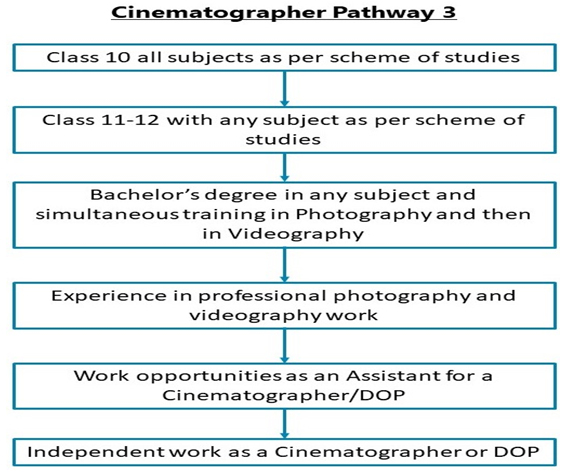
After completing Class 10 all subjects as per scheme of studies and Class 11-12 with any subject as per scheme of studies you can pursue a Bachelor’s degree in any subject of your liking. Along with your Bachelor’s degree, you should start self-learning and professional training in photography first and then in videography. Understanding and mastering the art of photography is very important before you start learning videography. Once you are trained, you may look forward for opportunities for professional work in photography and videography. You should in fact, develop your own portfolio of images and videos. A few years of experience in professional photography and videography will put you in a good stead to get an opportunity to work as an Assistant to a Cinematographer / Director of Photography of a film/ television series/ web series, commercial film, etc. Then, your experience as Assistant for a few years may open up the doors to get work as an independent Cinematographer / Director of Photography.
Required Qualification & Competencies
1. As this is a creative field, along with education, or one can say that more than formal education, what you require is your passion for this field and your aspiration for good work. To become a Cinematographer, first thing is that you need is to be in love with cinema and audio-visual media. You should just love watching all kinds of films – feature films, documentary films, commercial films, and web series. Along with that, you should start learning photography as early during your school as possible, or at least after your higher or senior secondary examination.
2 .You should take professional training in Photography along with any Bachelor's degree program your take up. Having a good grip on Photography is vitally important to be able to become a Cinematographer later. Then, start learning Videography – either self-learning or take up professional training.
3. It is also vitally important to develop your own portfolio of still photographs and videos once you are adequately trained in the art and techniques of photography and videography. You may try your hands at making videos or short films with a high-end mobile phone in HD mode. You should be having good ideas about editing images. All these will help you in getting admission to a good professional program as well as in getting a work opportunity.
As for formal education, you can do a Bachelor’s / Master’s degree / Diploma / Professional program in any of the following fields (remember that a professional degree or diploma program in all of these below mentioned fields may not be available both at Bachelor’s or Master’s degree, but depending upon your interests, training, and opportunities, you can build a good career in Cinematography either after a Bachelor’s level qualification or after a Master’s level qualification):
1. Cinema
2. Cinematography
3. Film and Television Studies
4. Filmmaking
5. Journalism & Mass Communication
6. Mass Communication
7. Mass Media Studies
8. Photography
But also remember that, even if you do not study for a professional qualification in any of the above fields, nothing can stop you from becoming a Cinematographer if you are passionate about cinema and have developed the required skills and knowledge in photography and videography, along with a few years of experience in assisting a Cinematographer or a Director of Photography.
MINIMUM EDUCATION REQUIRED | MAXIMUM EDUCATION REQUIRED |
Under Graduate Undergraduate Degree / Honours Diploma / Graduate Diploma (equivalent to a Degree) Programs for which the minimum eligibility is a pass in Higher Secondary / Class XII School Leaving examination. | Post Graduate Postgraduate Degree / Diploma / Certificate Programs for which the minimum eligibility is a pass in Graduation / equivalent Diploma program like Honours Diploma or Graduate Diploma. |
Competencies Required
Interests
1. Artistic: You should have interests for Artistic Occupations. Artistic occupations mostly involve working with creative ideas, art and designs. These occupations involve abstract or conceptual thinking, creative self-expression and often do not follow any set processes or rules for getting things done.
2. Enterprising: You should have interests for Enterprising Occupations. Enterprising occupations involve taking initiatives, initiating actions, and planning to achieve goals, often business goals. These involve gathering resources and leading people to get things done. These require decision making, risk-taking, and action orientation.
Abilities
1. Abstract Reasoning: The ability to understand ideas that are not expressed in words or numbers; the ability to understand concepts that are not clearly expressed verbally or otherwise.
2. Emotional Intelligence: The ability to understand your own and others' emotions and feelings; empathy for others; adjusting your behavior or self-control and self-regulation according to others' emotions and situations.
3. Fluency of Ideas: The ability to come up with a number of ideas about a topic (the number of ideas is important, not their quality, correctness, or creativity).
4. Originality: The ability to come up with unusual or innovative ideas about a given topic or situation, or to develop creative ways to solve a problem.
5. Selective Attention: The ability to concentrate on a task over a long period of time without being distracted.
6. Visual Color Discrimination: The ability to match or detect differences between colors, including shades of color and brightness.
7. Visualization: The ability to imagine how something will look after it is moved around or when its parts are moved or rearranged.
Knowledge
1. Performing Arts: Knowledge about the theories and techniques required for producing various works of performing arts such as music, dance, drama, theatre, film, television series, etc.
Skills
1. Active Learning: Focused and continuous learning from various sources of information, observation and otherwise for application in getting work done.
2. Directing: Skills in directing others' actions to get things done.
3. Filmmaking: Skills in directing, producing, and otherwise making films.
4. Judgment and Decision Making: Skills in considering pros and cons of various decision alternatives; considering costs and benefits; taking appropriate and suitable decisions.
5. Problem Solving: Skills in analysis and understanding of problems, evaluating various options to solve the problems and using the best option to solve the problems.
6. Photography: Skills in taking still images using different types of camera, lenses, filters, lighting equipment, etc.
7. Videography: Skills in taking motion or moving pictures using different types of camera, lenses, filters, lighting equipment, etc.
Personality
1. You are always or mostly a soft-hearted person.
2. You are always imaginative or in most situations.
3. You always prefer to experience new things and have new experiences or you mostly do.
4. You can always act independently or could do so in most situations.
5. You trust others sometimes but not always.
6. You are helpful to others sometimes.
7. You are mostly impulsive in your action and behavior.
Career - Job Opportunities & Profiles
Initially, you would start your career as Junior Camera Operator or as a Second Assistant Cameraperson to the Head of Photography or Cinematographer of a film/ television series/ web series / commercial film/ other similar audio-visual production.
You may find job opportunities in:
1. Film Production companies such as: Balaji Motion Pictures, Red Chillies Entertainment, Dharma Productions, Eros International, Viacom18 Motion Pictures, etc.



2. Television Commercial Production companies such as: Flying Saucer, Little Red Car Films, Nirvana Films, Corcoise Films, Equinox Films, MAD films etc.



3. Television series and Web series production companies such as Bennett, Coleman & Co. (The Times of India Group), Zee Telefilms, Television Eighteen India, Sony Entertainment Television, Dice Media, Buzz feed, The Viral Fever, AIB, East India Comedy etc.



4. It is also not impossible to start as an independent filmmaker or videographer using your own camera and other equipment. You may begin by making videos for YouTube or other similar medium, or even making short films. If you are good in your art and you know all the required technologies, it is not impossible to land up with an opportunity to assist a Cinematographer or a Director of Photography.
Career Growth
1. As this is a creative career, although there is a conventional career progression path as the one given below but if you are super talented and have a great portfolio, you can bypass the conventional path.
2. Initially, you start as an intern/trainee. Then you will move as:
3. Second Assistant Camera – First Assistant Camera – Camera Operator/Cameraperson – Director of Photography/ Cinematographer
4. In many cases, you start as a Second Assistant Cameraperson straightaway.
Salary Offered
By all probabilities, you will have to begin your career as a 2nd Assistant Cameraperson or if you have notable experience before joining the profession, as a 1st Assistant Cameraperson. There are people who are making money from YouTube or similar platforms like Dailymotion, Vimeo, or Twitch, but then for making even a decent amount of money, you need to have fantastic content. It is very competitive out there.
Earning as a 2nd Assistant Cameraperson
1. As a 2nd Assistant, you may have to start with a low salary, which will just be enough to cover your basic expenses. However, there are associations for crew which sets a minimum pay. Here are some examples as to how much you can make:
2. As a 2ndAssistant in a low budget regional movie, you could be paid about a lakh – so assuming that you get one movie a year, you will make 8/8.5K a month. Some associations of film crew ask production houses to pay on a daily shift basis. One shift generally lasts for 8 -10 hours. A big-budget Bollywood / Tollywood movie will fetch you about 2 lakhs for the project (with a defined number of days/hours for the movie). So in that case, you will earn an average of about Rs. 18,000 a month.
3. As a 2nd Assistant in a commercial film or other similar productions, you will be paid on an hourly/ daily basis. Assuming that you are getting work on at least 15 days in a month, you may make about Rs. 12-20,000 a month.
4. So, overall, assuming you take up several projects in a year, your average earning per month could be between Rs. 8,000 – 20,000 or even more a month.
Earning as a 1stAssistant Cameraperson
1. A 1stAssistant in a big-budget Bollywood / Tollywood movie might be paid 5-6 lakh for the project (with a defined number of days/hours of work). So, assuming that you are doing only 1 movie a year, you will be earning anything between Rs. 40,000-50,000 a month. But then you can do other projects too.
2. However, a 1stAssistant in a low budget regional movie might be paid 2-3 lakh for the project (with a defined number of days/hours of work). So, assuming that you are doing only 1 movie a year, you will be earning anything between Rs. 18,000-25,000 a month. But then you can do other projects too.
3. So, overall, assuming you take up several projects in a year, your average earning per month could be between Rs. 20,000 – 50,000 or even more a month.
Earning as an experienced Cameraperson
Experienced Camerapersons could be paid 12-30 lakh for a movie which is big budget. Working in low budget movies, commercial films, and other projects may fetch you anything between 2 lakh – 5 lakhs (per project with defined days/hours of work). Assuming that you are taking up several projects in a year, you may in all make about Rs. 50,000 – 2,50,000 a month.
Earning as a Cinematographer/ Director of Photography
1. A DOP of a low budget regional film can make a few 4-5 lakhs. So on an average 35/42,000 a month assuming she makes only one movie in a year. But it is obvious that she would make more from commercials films, web series, television shows, etc. In general, if you become known for good work among the film fraternity, you will be making not less than a lakh a month and about Rs. 20-25 lakh in a year on the higher side.
2. At the top end, famous DOPs working for a big-budget Bollywood / Tollywood film may take 5-8 crore for a movie (they may also work on a basic pay plus profit sharing). Assuming they do only one movie in a year, they make an average monthly earning of about 42 lakhs. But as a matter of fact, famous DOPs work on quite a few commercial projects, web series, etc. So, in all, they may make even a crore a month on an average.
3. So, overall, you will be making Rs. 1,00,000 – 42,00,000 or even more a month on an average (excluding the astronomical figure of one crore or more – which is obviously rarest of rare for a famous DOP).
Monthly Earning In Indian Rupee
Entry Level | Junior Level | Mid-Level | Senior Level | |||||
Min Earning | Max Earning | Min Earning | Max Earning | Min Earning | Max Earning | Min Earning | Max Earning | |
8000 | 20000 | 20000 | 50000 | 50000 | 250000 | 100000 | 4200000 | |
1. Entry level: 0 - 2 years of work experience
2. Junior Level: From 1 to 12 years of work experience
3. Mid-Level: From 5 to 20+ years of work experience
4. Senior Level: From 10 to 25+ years of work experience (there could be exceptions in some high-end technical, financial, engineering, creative, management, sports, and other careers; also in the near future, people will reach these levels much faster in many careers and in some careers, these levels will have no meaning as those careers will be completely tech skill driven such as even now, there is almost no level in a Cyber Security Expert’s job)
Work Activities
1. Communicating with co-workers and others: Communicating with people in writing, verbally or otherwise inside your workplace and various other people who have professional relationships with your place of work including vendors, government officials, etc. or with people at large.
2. Creative thinking: Developing new ideas, concepts, innovative solutions to problems, newer ways of getting things done, designing products and services, creating work of art and craft, etc.
3. Decision making and problem-solving: Analysis of data and information; evaluation of alternative decisions and results of decisions; taking the right decisions and solving problems.
4. Getting Information and learning: Observing, hearing, reading, using computers, or otherwise obtaining information and learning from it.
5. Leading: Inspiring and motivating co-workers to work to achieve specific goals; enabling and facilitating others to perform tasks effectively; addressing issues and solving problems in order to help people perform well.
6. Organizing, planning and prioritizing tasks: Planning and organizing tasks in order to achieve work goals; prioritizing tasks to achieve goals and making the best use of the time available.
Future Prospects
Indian media and entertainment (M&E) industry’s growth was estimated at a CAGR (Compounded Annual Growth Rate) of 10.90 percent from FY17-18 and is expected to grow at a CAGR of 13.10 percent to reach Rs2,660.20 billion by the year 2023 from Rs1,436.00 billion in FY18. The Indian M&E industry is on the cusp of a strong phase of growth, backed by rising consumer demand and improving advertising revenues. The industry has been largely driven by increasing digitisation and higher internet usage over the last decade. The Internet has almost become mainstream media for entertainment for most of the people. According to IBEF, the television and AGV segments are expected to lead industry growth and offer immense growth opportunities in digital technologies. The Indian film industry, on the other hand, continues to be the harbinger for development and employment opportunities. With the increasing growth in video audience and consumption, the Indian market provides an opportunity for content owners to showcase their content and harvest additional revenues. Therefore demand in this career will be on the rise in the upcoming years.
Future Prospects At A Glance
Current (0-1 year) | Long Term (2-5 year) | Very Long Term (6-10 years) |
Somewhat Negative | Slow Growth | Moderate Growth |
